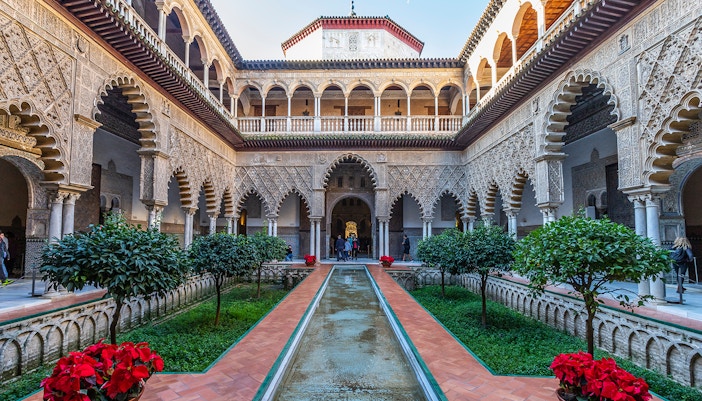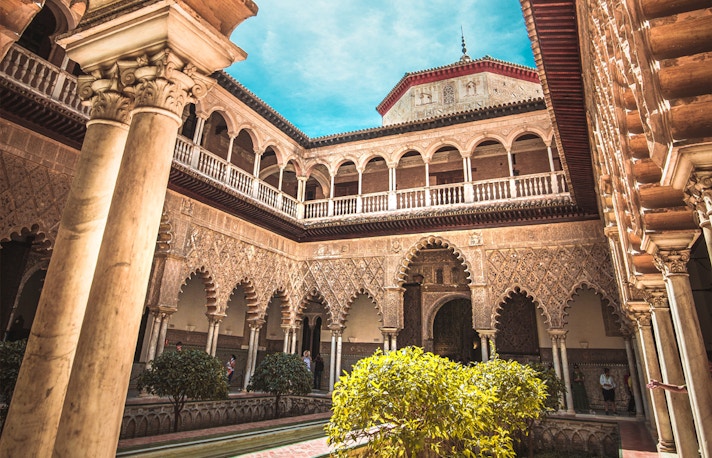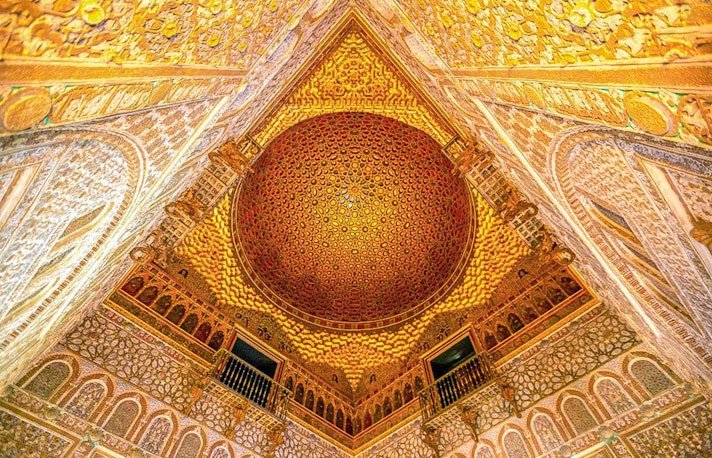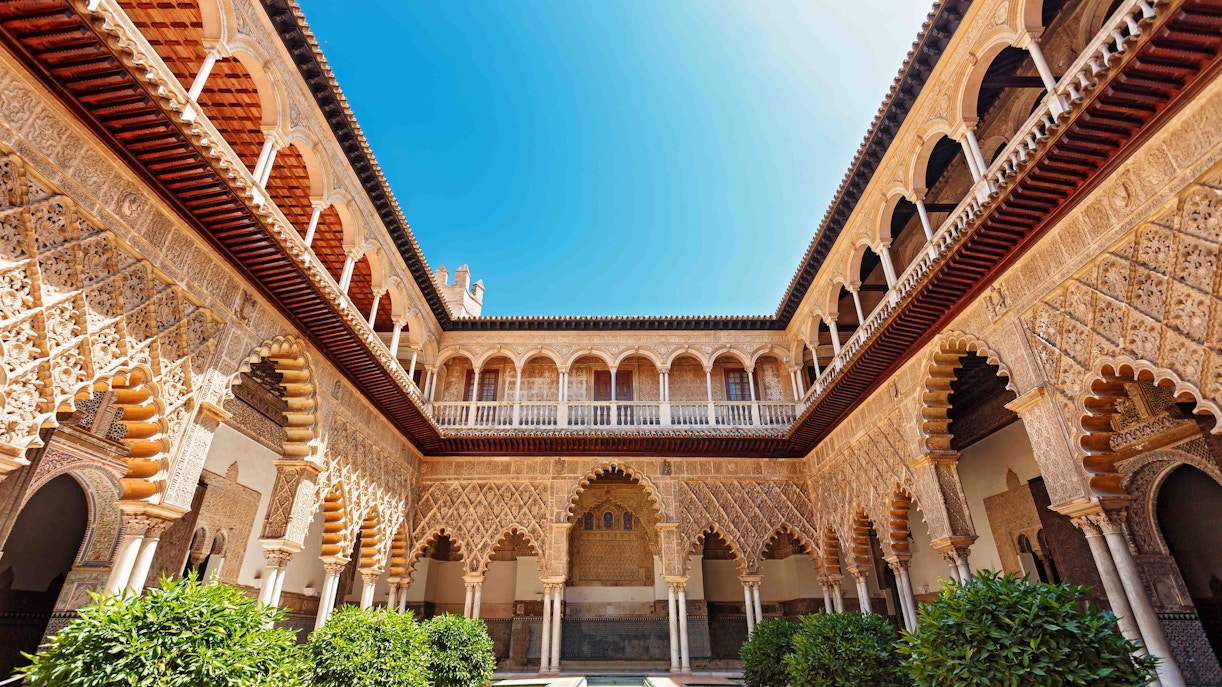The history of Alcázar Seville dates back to the 10th century when the Umayyad Caliphate built the original fortress on the site of an earlier Roman fortress in 913-914 AD. The Almohads, a Berber Muslim dynasty, conquered Seville in 1181-1182 AD and began rebuilding the fortress by adding defensive towers, walls, and gates. Later, in 1364 AD, King Pedro I of Castile commissioned the construction of the Palacio Mudéjar in 1364 AD, and between 1366 and 1369 AD, the Hall of the Ambassadors was completed.
Alcázar Seville history explained
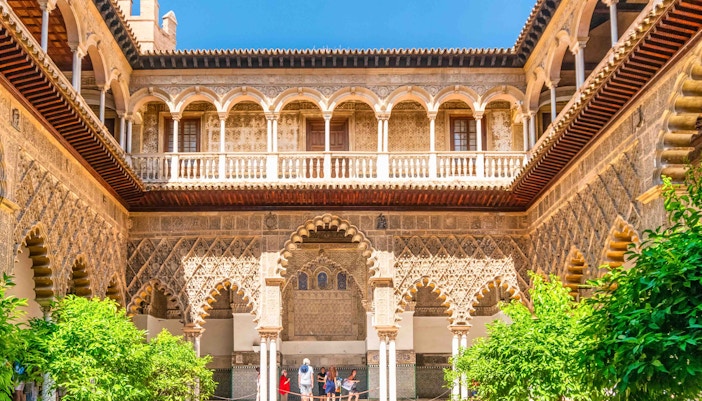
Construction begins (10th-14th century)
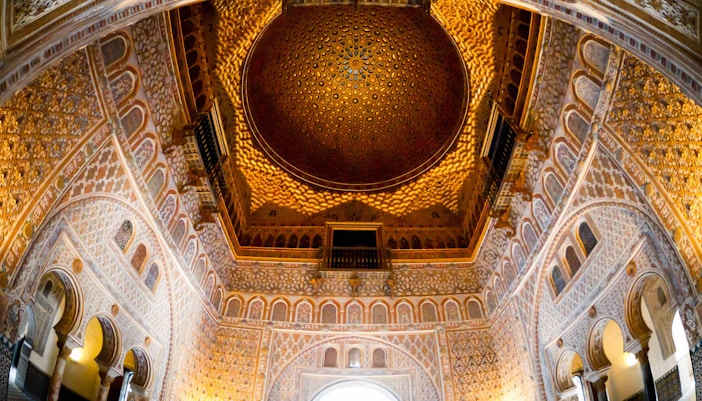
Renovations and additions (15th-18th century)
